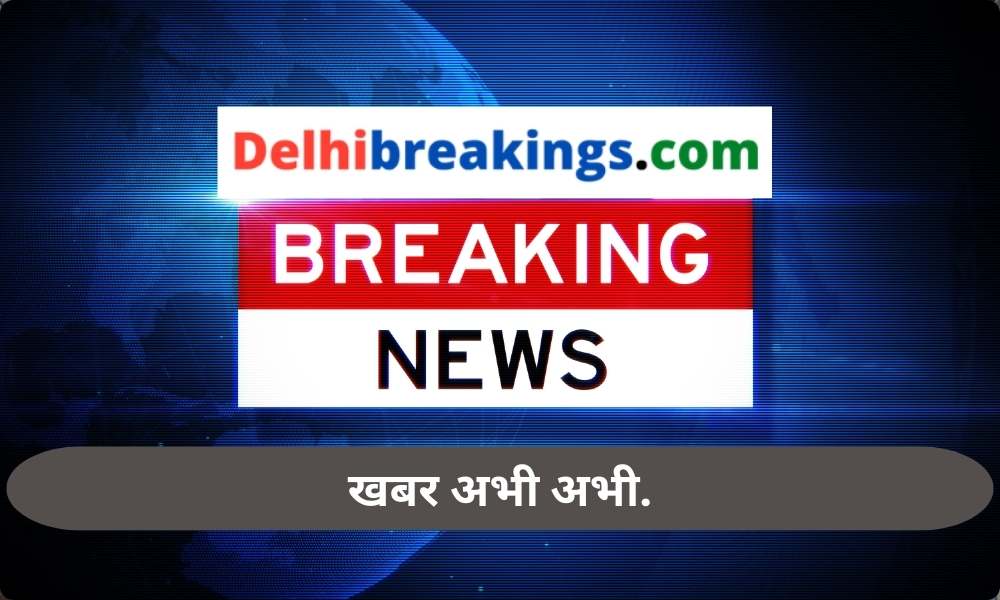The National Pension System (NPS), a cornerstone of retirement planning in India, has introduced new regulations concerning partial withdrawals. Effective from February 1, 2024, these changes are designed to offer subscribers more flexibility while ensuring the primary goal of the NPS – building a substantial retirement corpus – remains intact.
Here’s an insightful look into what these changes entail and how they might affect your decision to partially withdraw from your NPS account, as explained by ET Wealth Online.
Understanding the New Partial Withdrawal Rules
Eligibility and Limits: An NPS subscriber is now eligible to make partial withdrawals after three years from account opening, focusing on their own contributions. Importantly, withdrawals are capped at 25% of the subscriber’s contributions. Employer contributions and the returns generated on the total corpus are excluded from this calculation.
Example for Clarity: If you’ve invested ₹4 lakh in NPS, and your total corpus has grown to ₹10 lakh, you’re eligible to withdraw up to ₹1 lakh, which represents 25% of your contributions.
Permissible Reasons for Partial Withdrawal
The Pension Fund Regulatory and Development Authority (PFRDA) specifies permissible reasons for partial withdrawals, including:
- Children’s higher education or marriage (including legally adopted children)
- Purchase or construction of the first house
- Treatment of specified illnesses
- Medical expenses due to disability or incapacitation
- Skill development or self-development activities
- Establishing ventures or startups
Notably, withdrawals for purchasing or constructing a house are now restricted to those who don’t already own a house.
Frequency and Conditions for Withdrawal
Subscribers are allowed up to three partial withdrawals during the tenure of their NPS account, with a mandatory five-year gap between each withdrawal. This gap requirement is waived for withdrawals related to specified illnesses.
Making a Partial Withdrawal
Subscribers need to submit a withdrawal request and a self-declaration of the withdrawal purpose to the Central Record-keeping Agency (CRA) through appropriate channels. In cases of illness, a family member can submit the request on behalf of the subscriber.
Tax Implications
Partial withdrawals from the NPS are tax-exempt, offering an added benefit to subscribers considering this option.
To Withdraw or Not to Withdraw?
While the NPS allows for partial withdrawals under specific circumstances, experts advise caution. The primary purpose of the NPS is to secure financial stability in retirement. Unless facing an urgent need or a high-return investment opportunity, it’s generally advisable to keep the corpus intact to benefit from compound growth and tax advantages.
Experts suggest building a separate emergency fund and investing in adequate health insurance to cover unforeseen expenses, thus preserving the NPS corpus for retirement.




